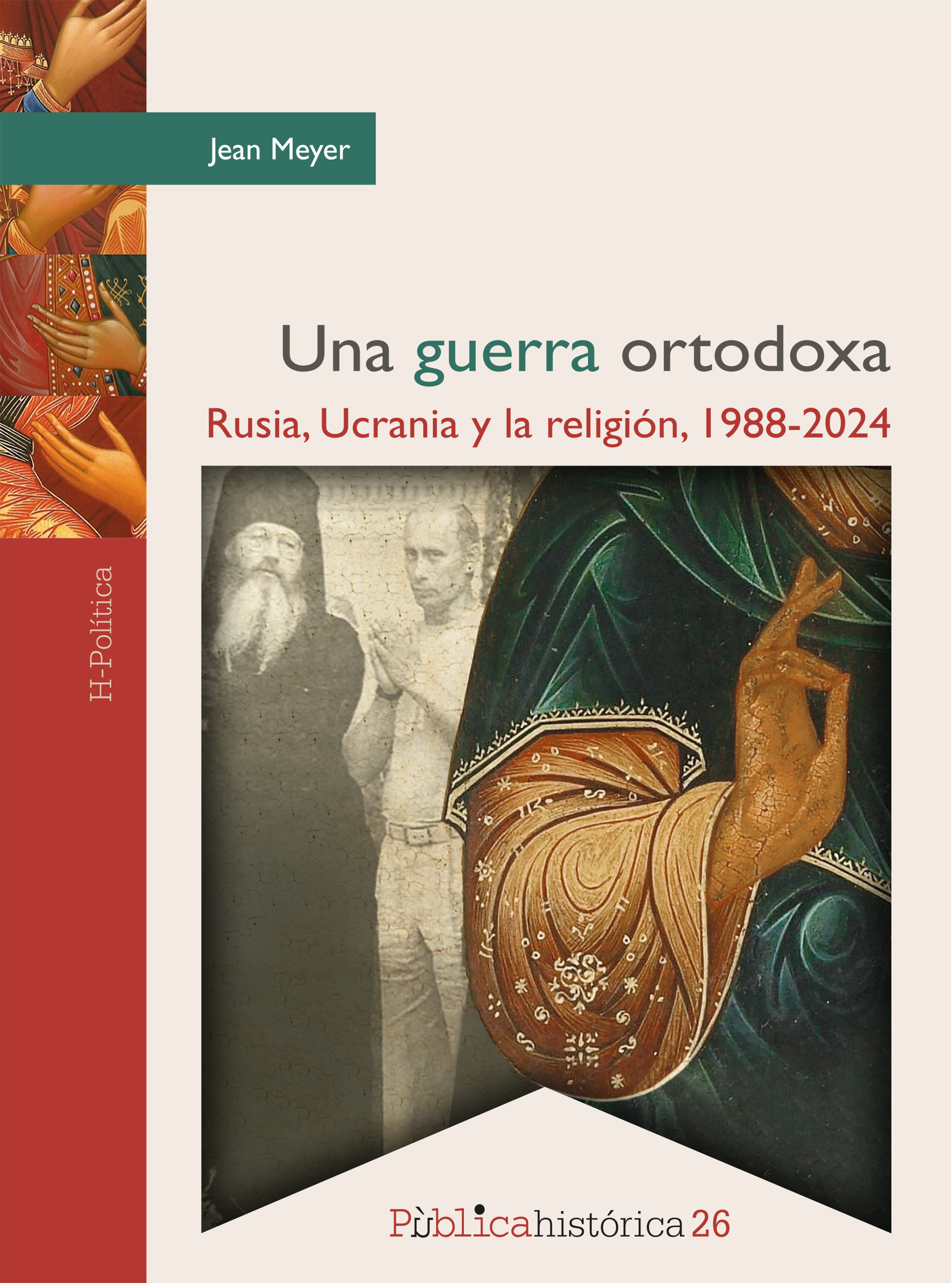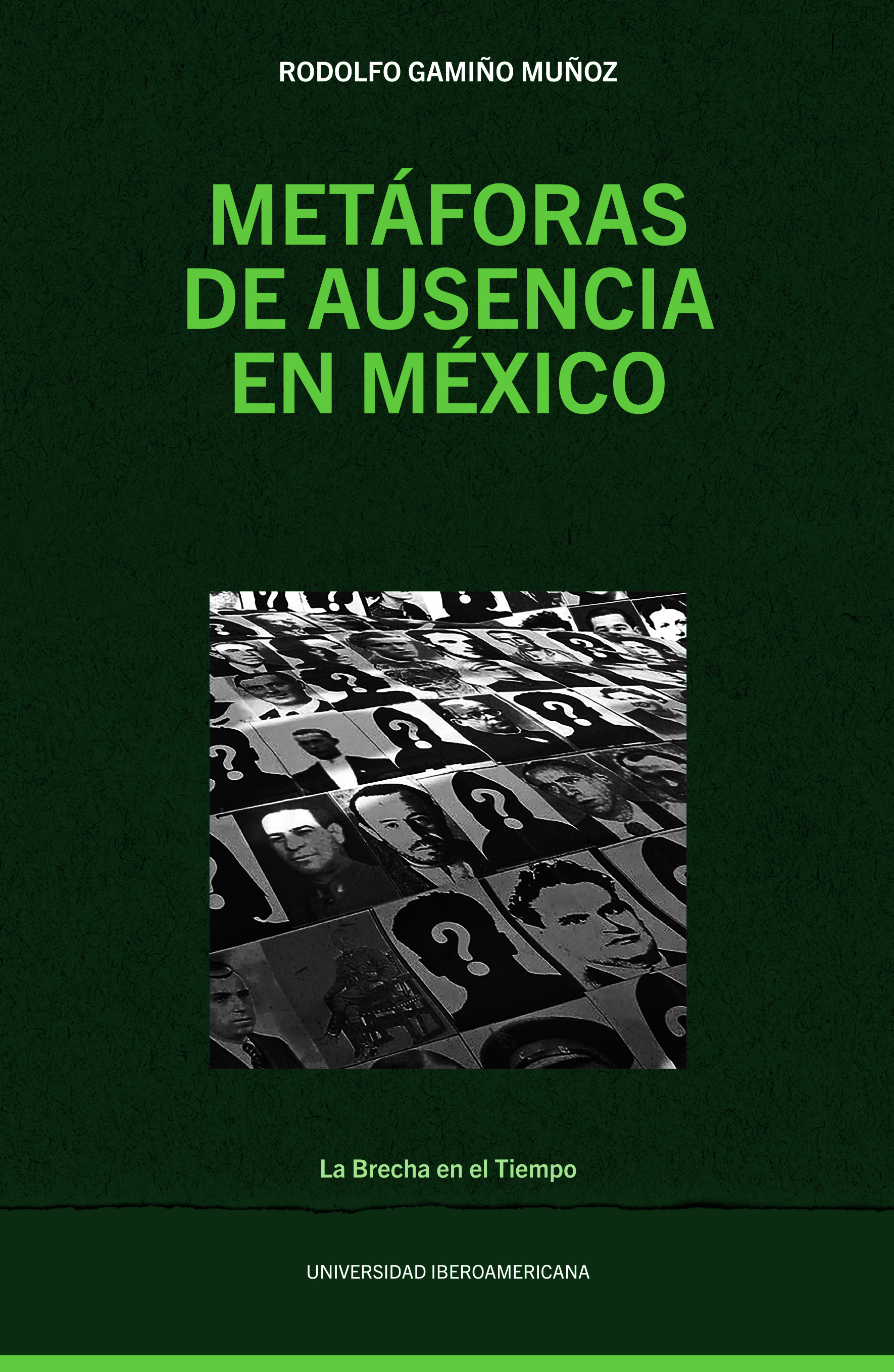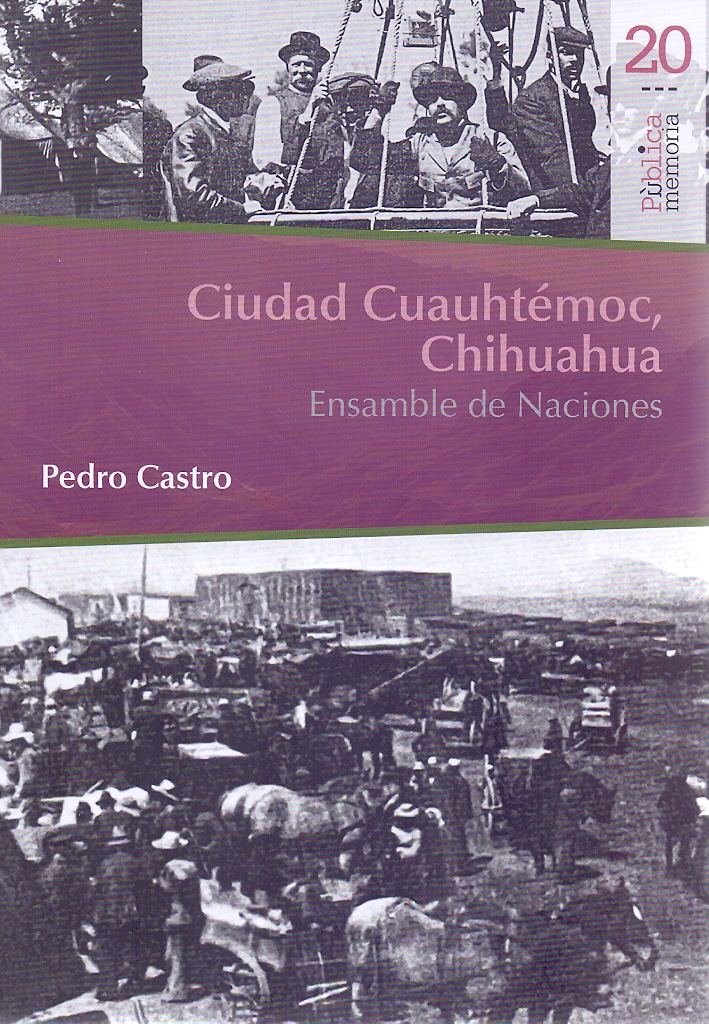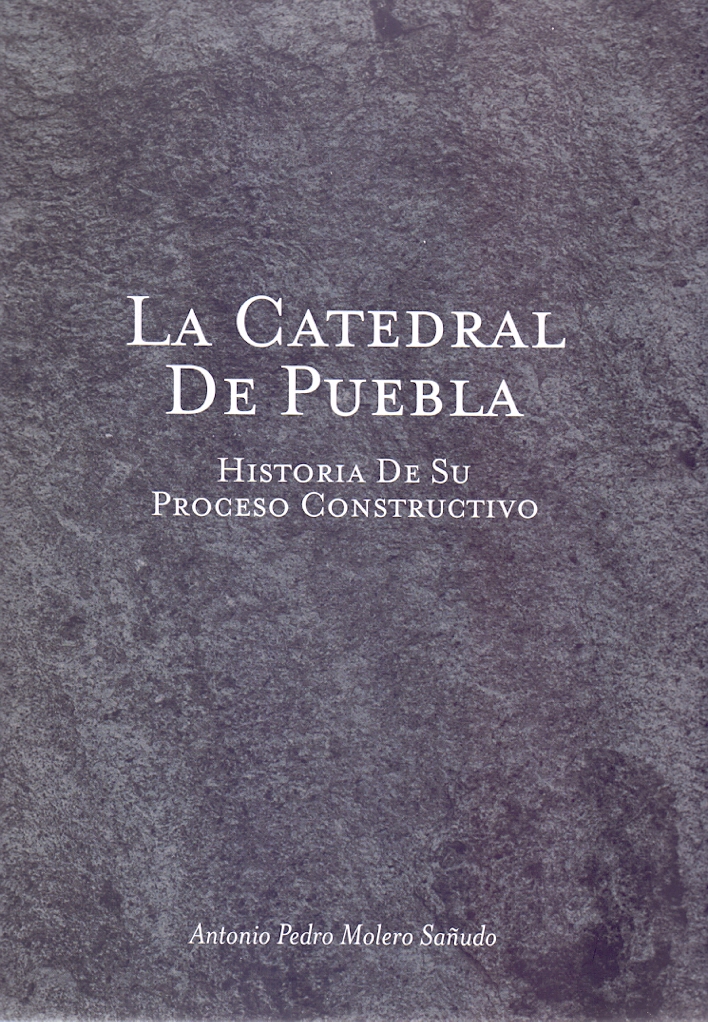Libros relacionados
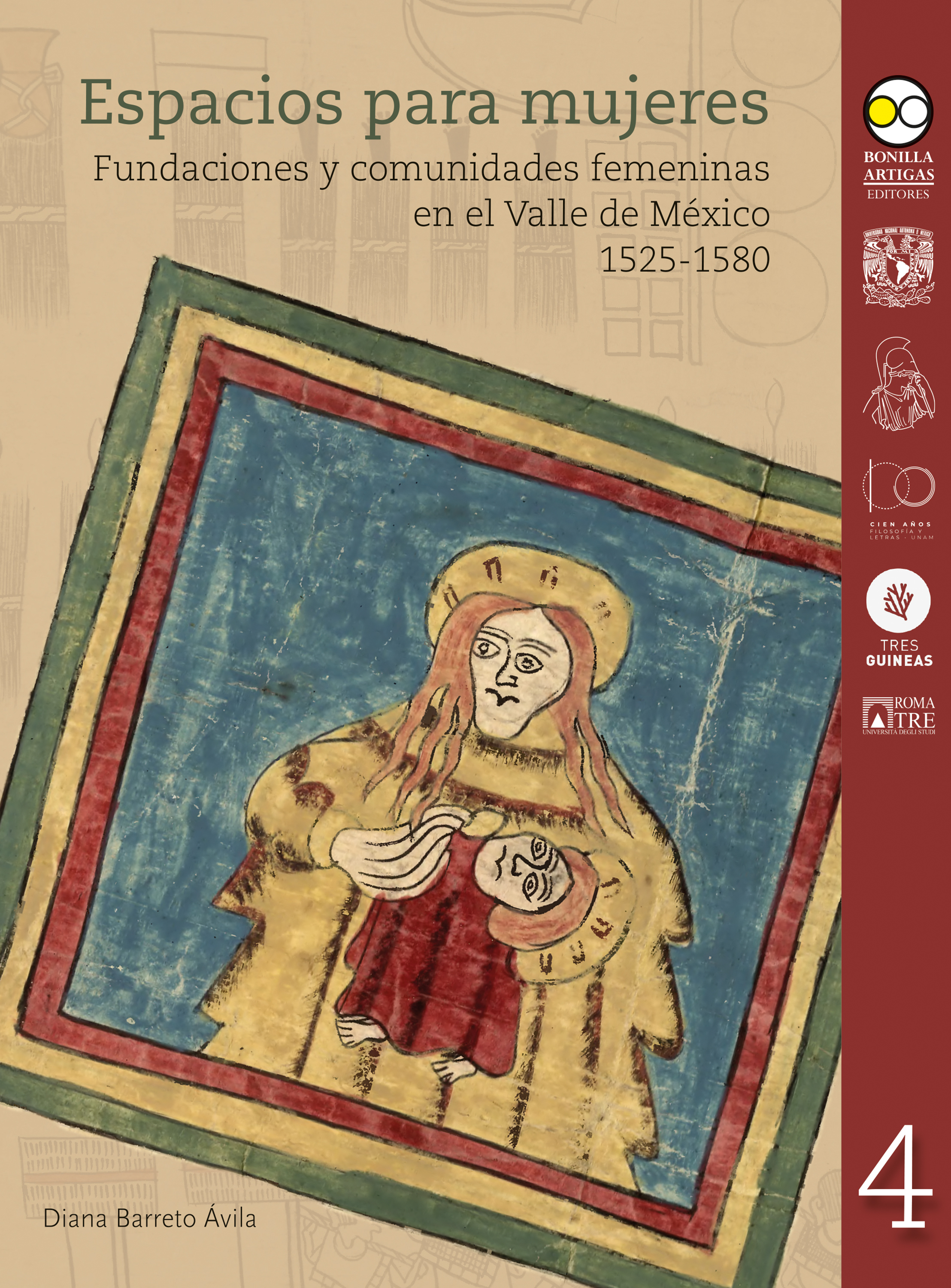 |
Espacios Para Mujeres: Fundaciones y Comunidades Femeninas en el Valle de Méxic Barreto Ávila, Diana Bonilla Artigas Editores |
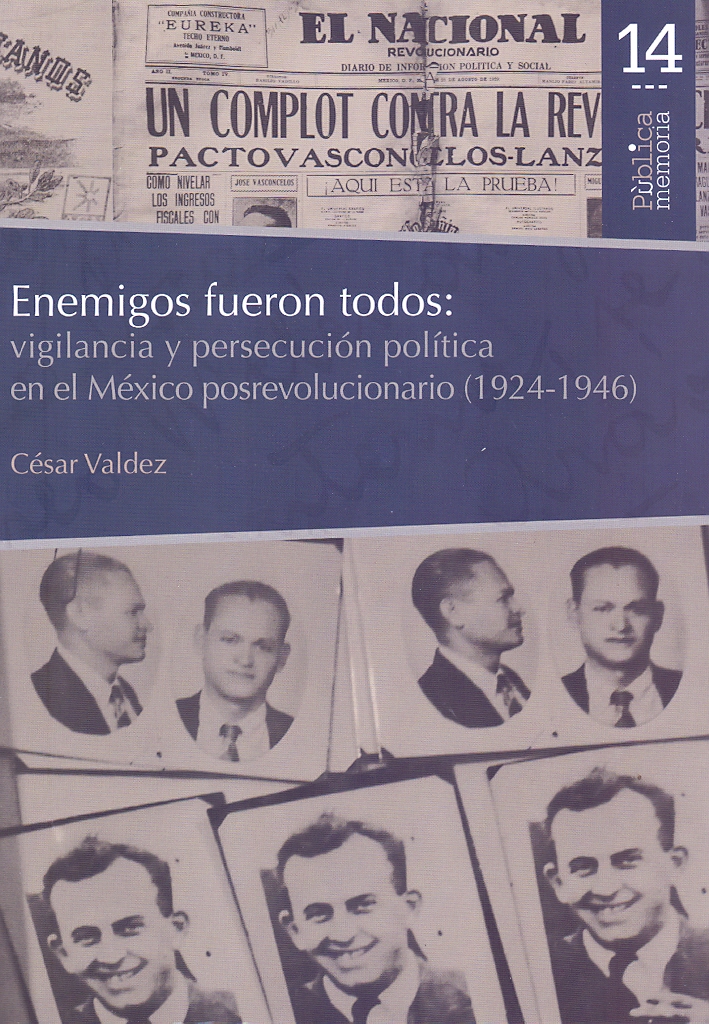 |
Enemigos Fueron Todos: Vigilancia y Persecución Política en el México Posrevoluc Valdez César Bonilla Artigas Editores |
 |
Historia Imperial del Santo Oficio (Siglos XV-Xix) Fernando Ciaramitaro, Miguel Rodrigues Lourenço Bonilla Artigas Editores |
 |
Comerciantes, Militares y Sacerdotes Vascos en el Mundo Hispánico del Siglo XVII Torales Pacheco, María Cristina Bonilla Artigas Editores |
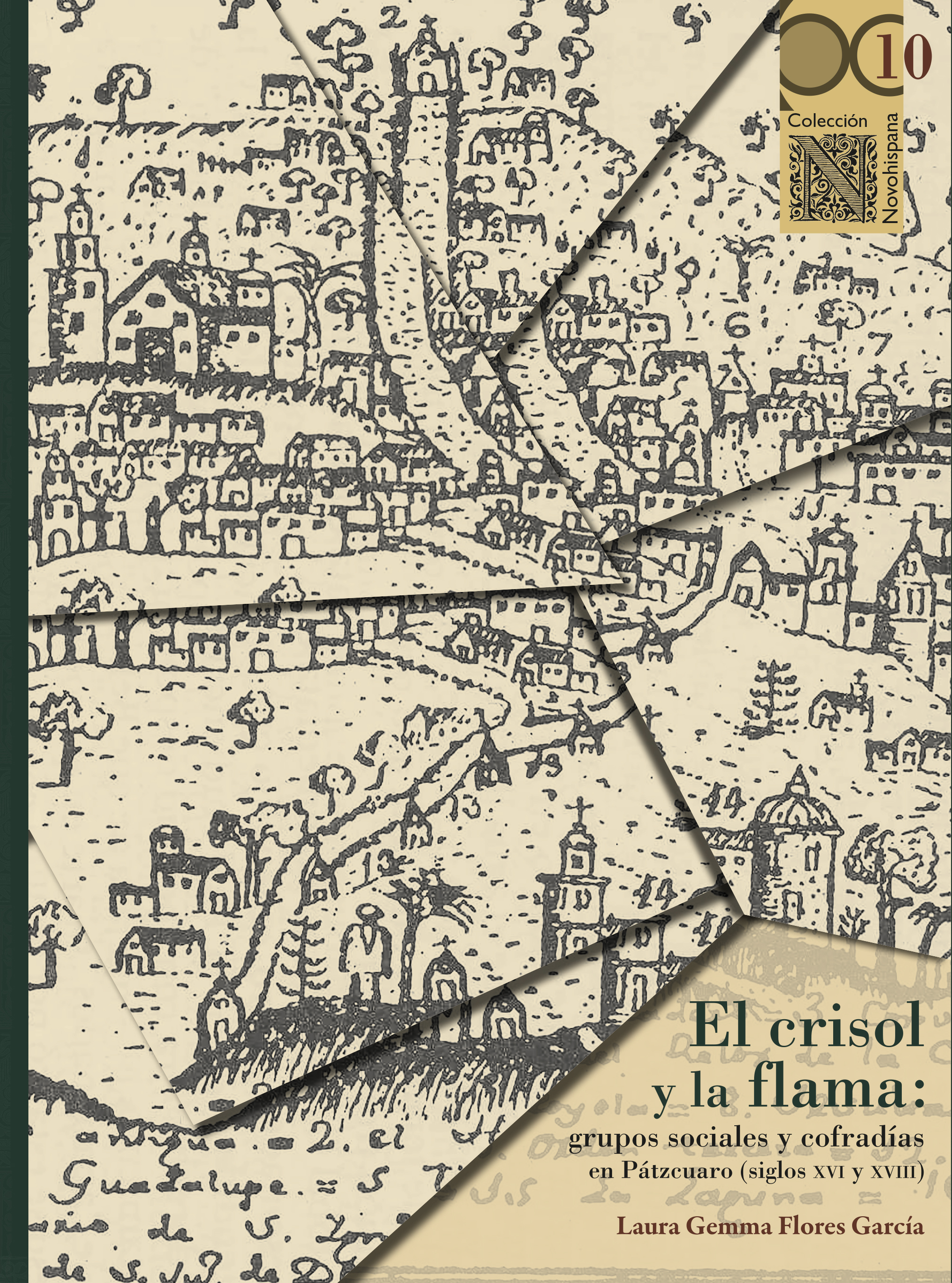 |
El Crisol y la Flama: Grupos Sociales y Cofradías en Pátzcuaro (Siglos XVI y XVI Flores García, Laura Gemma Bonilla Artigas Editores |
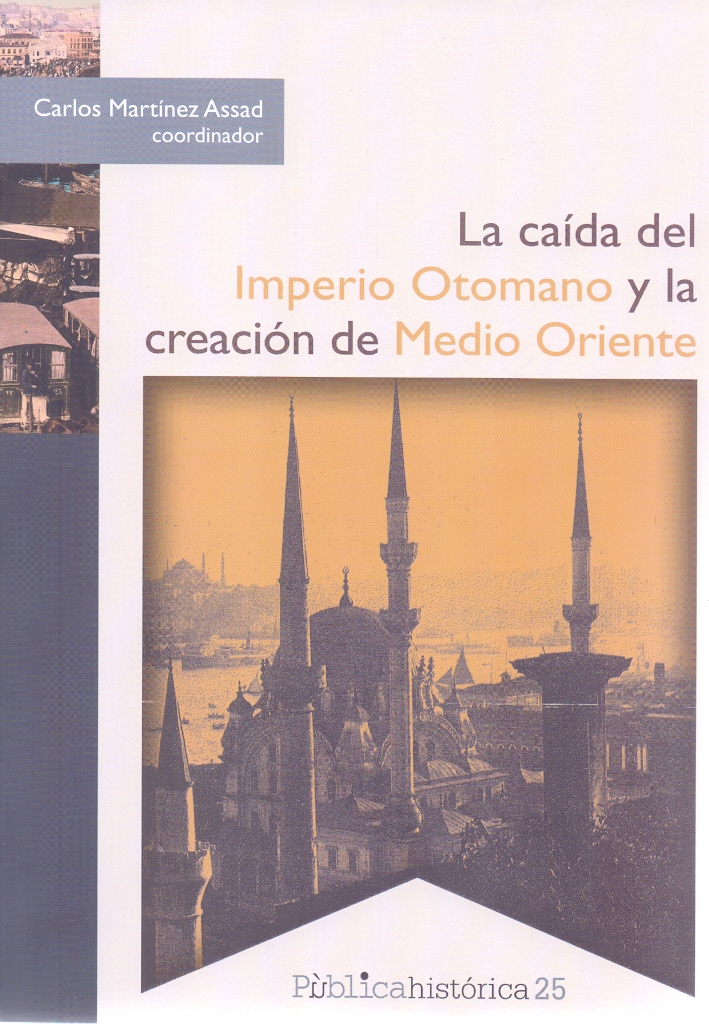 |
La Caída del Imperio Otomano y la Creación de Medio Oriente Carlos Martínez Assad Bonilla Artigas Editores |
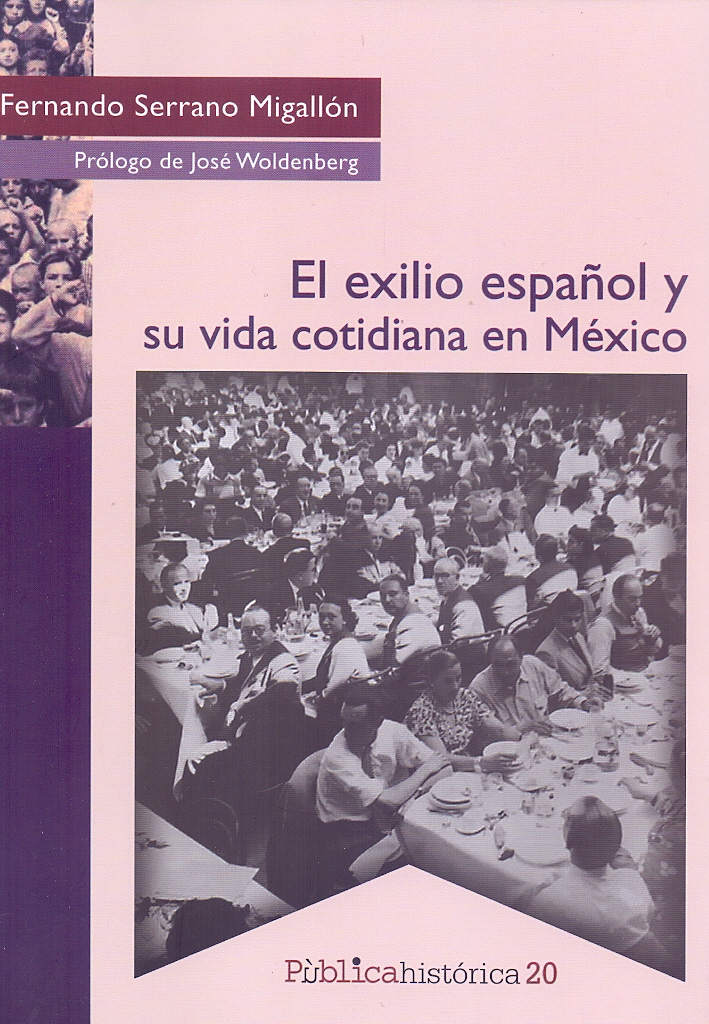 |
Exilio Español y Su Vida Cotidiana en México, El. Serrano Migallón, Fernando; Woldenberg José Bonilla Artigas Editores |


|
Título: American History Goes To The Movies. Hollywood And The American Experience | |
| Autor: Rommel. Ruiz, W. Bryan | Precio: $480.00 | |
| Editorial: Routledge | Año: 2011 | |
| Tema: Historia, Cultura | Edición: 1ª | |
| Sinopsis | ISBN: 9780415802208 | |
| Whether they prefer blockbusters, historical dramas, or documentaries, people learn much of what they know about history from the movies. In American History Goes to the Movies, W. Bryan Rommel-Ruiz shows how popular representations of historic events shape the way audiences understand the history of the United States, including American representations of race and gender, and stories of immigration, especially the familiar narrative of the American Dream.
Using films from many different genres, American History Goes to the Movies draws together movies that depict the Civil War, the Wild West, the assassination of JFK, and the events of 9/11, from The Birth of a Nation and Gone with the Wind to The Exorcist and United 93, to show how viewers use movies to make sense of the past, addressing not only how we render history for popular enjoyment, but also how Hollywood's renderings of America influence the way Americans see themselves and how they make sense of the world. |
||
Librería Bonilla SA de CV © Todos los derechos reservados. 2019
Última actualización: Jul 2019



